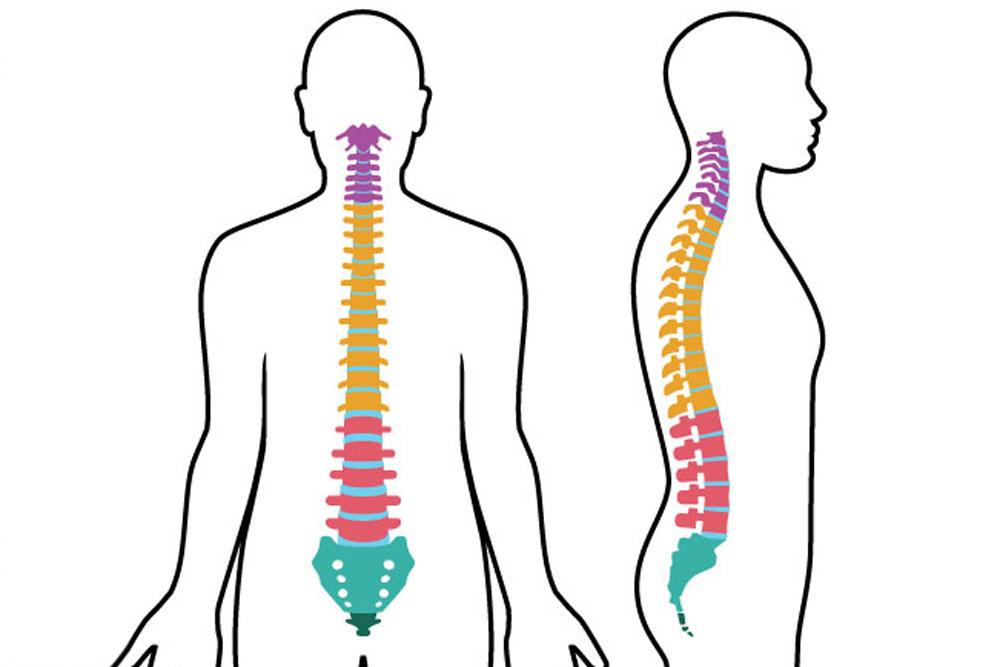
CREDIT: Getty/AngelHell
It’s estimated that 60 to 80 percent of all adults experience back pain at some point in their lives, while 20 to 70 percent of all adults experience neck pain. What’s more, studies have shown that back and neck pain consistently rank in the top 5 disabling disorders in the United States.
It may be surprising to hear that despite these statistics, most people with neck or back pain don’t need surgical intervention to find relief. In fact, some 85 percent of the 18,000 patients who visit NYU Langone’s Spine Center each year receive nonsurgical treatments and therapies.
So, what options do patients have when facing often-debilitating neck and back pain? We turned to Christopher G. Gharibo, MD, a pain management physician at NYU Langone, to get answers about one of the most common treatments: injections.
What Kind of Injections Are Given for Neck and Back Pain?
Dr. Gharibo says that when it comes to treating neck and back pain, there are a few options available to patients, depending on the location and nature of their pain and underlying diagnoses. These injections are the most common:
- trigger point injections
- joint injections, including those for the sacroiliac joint, hip, knee, and shoulder
- facet joint injections
- epidural steroids
There are a few considerations to keep in mind for each kind of injection. Dr. Gharibo offers the following insights to help inform patients about which areas and injury types each injection is most effective in treating.
Trigger point injections are most commonly recommended for patients who have neck or back pain associated with muscle spasm, with or without an underlying spinal condition. “If the pain seems to be purely or mostly muscular, for example, we would proceed with a trigger point injection at the relevant area,” explains Dr. Gharibo.
Joint injections are helpful for aches and pains between joints and for spinal pains. They are recommended to reduce the pain of osteoarthritis and help enable physical therapy and reduce neck and low back pain that is referred—meaning pain in those areas that originates from another part of your body. What’s more, these straightforward injections can provide great benefit at relatively low risk. “We may inject inside and around the joint to provide the most complete relief,” explains Dr. Gharibo.
Facet joints are the joints that connect the vertebrae all along the spine. When they become inflamed or age, they may hurt and grow and press nearby nerve roots, causing arm or leg pain. Dr. Gharibo says that facet joint injections can be performed in both the cervical or lumbar spine to treat neck or low back pain. “These injections can be placed into the facet joint, or we can block the nerves that supply the cervical or the lumbar facet joint and then later treat with radiofrequency for longer-lasting relief.”
Epidural steroids are used to help provide pain relief when the nerve roots within or around the spinal canal are inflamed. They help to wash out the affected area of substances controlling inflammation; this provides an anti-inflammatory effect on the nerves for a wide array of spinal neck and back pain causes, as when nerves are inflamed, compressed, or trapped in scar tissue. Most often, epidural steroids are recommended if physical therapy and pharmacological interventions have failed.
“Epidural injections can be performed for neck and low back pain of what we call a radicular nature,” explains Dr. Gharibo. “In other words, if there’s any type of nerve root compression or irritation at the cervical spine or the lumbar spine, an epidural steroid injection can be performed at the inflamed or impinged area to relieve neck and upper extremity or low back and lower extremity symptoms.”
All these injections can also be performed to enable proper physical therapy, reduce the use of opioids and other medications, and allow function that would otherwise be impossible.
How Long Do Injections Last?
Every patient is different, and the duration for which each of these options may provide relief can vary. For example, epidural steroids may take up to two to five days to start providing pain relief, but may continue to provide relief for several months and beyond—while for some patients, epidural steroids may not prove effective at all.
Dr. Gharibo says that injections almost always need to be combined with physical therapy and sometimes with other medications to provide a balanced treatment plan: “Rarely are they effective in and of themselves.”
As for whether there is a maximum number of injections a patient can receive throughout their lifetime, Dr. Gharibo says that “it depends on the patient and the clinician’s judgment as far as which injection should be performed, and which steroid should be injected, and whether a cortisone or steroid should be injected at all.” For example, nerve blocks for facet joints and trigger point injections may not involve steroid injections.
The main thing to keep in mind, he adds, is that the injection doesn’t cure the underlying physical problem. “So, if you have severe spinal stenosis and if the injection is just not helping or it’s not helping you well enough and long enough, you may need to consider other approaches, such as surgical decompression of the area.”
If you are considering injections as a pain management treatment for your neck or back pain, speak to your doctor to find out which injection may be best for you, and how long you can expect to find relief.
Learn more about spine health from our experts in Your Spine: An Operator's Manual.


